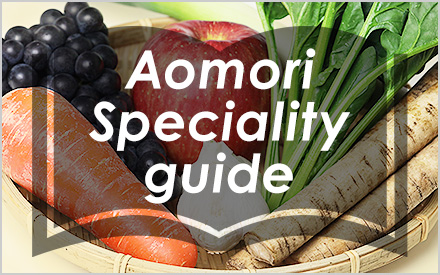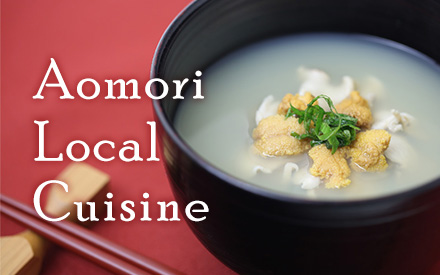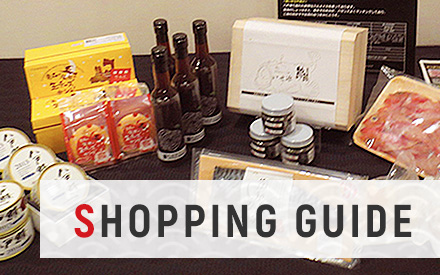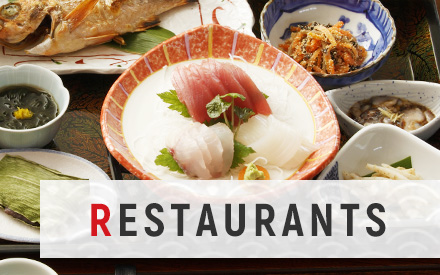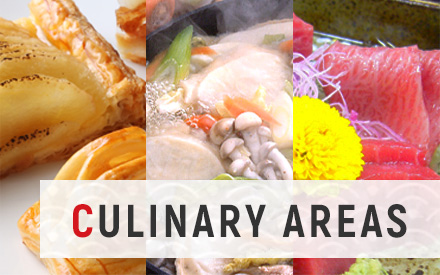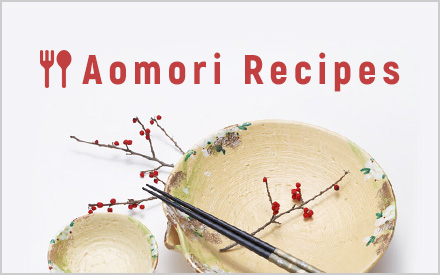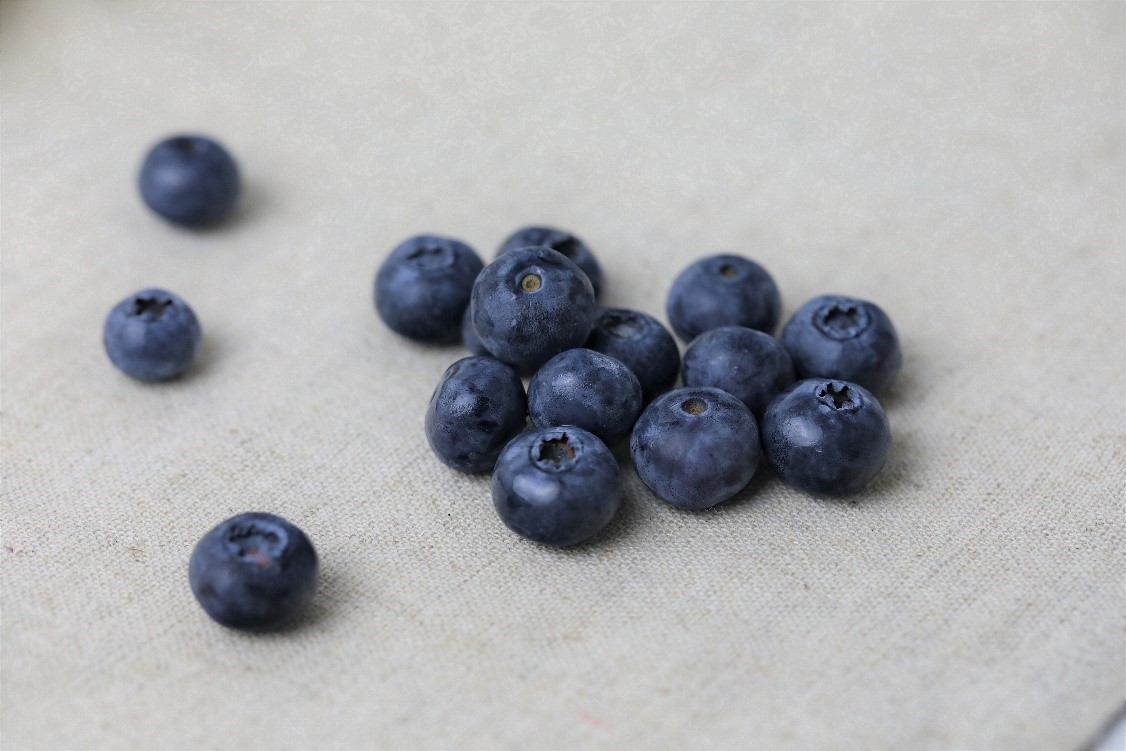
Blueberry harvest begins around the end of June.
Aomori Prefecture is well known for apples; however, blueberries are also widely grown across the prefecture, mainly in Hachinohe, Towada, Nakadomari, and Higashidori.
It is believed that blueberries were first introduced to Hokkaido from an American agricultural experiment facility in 1951, then introduced to Aomori Prefecture around 1983.
Aomori Prefecture conducts variety characterization research and continues to study blueberries to achieve a high quality with high tolerance to cold temperatures.
What are Blueberries
The blueberry belongs to a deciduous shrubby fruit tree in the azalea family, genus Rhododendron. The name “blueberry” originates from the fruit’s dark blue (purple) color.
It is said that the blueberry was originally created by the U.S. Department of Agriculture at the beginning of the 20th century by improving a wild variety of the fruit.
There are two main types of blueberries: the “high bush” variety for cold climates and the “rabbit eye” variety for warm climates. Aomori Prefecture grows the “high bush” varieties suited for colder climates.
The “high bush” variety is said to have a good balance of acidity and sweetness, and many of them are large in size.
It is said that the best areas for growing high bush blueberries are in the same areas where apples and peaches are grown. In Japan, the best areas for blueberry cultivation are said to be the high mountainous regions from central Hokkaido to Tohoku, Kanto Koshin-etsu, Hokuriku, Chugoku, and Kyushu regions. Aomori Prefecture, which has a cool climate throughout the year, is one of the best places to grow blueberries.
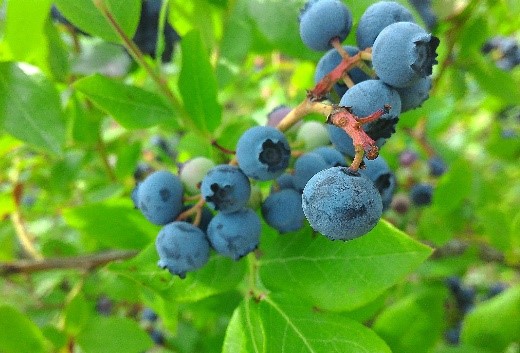
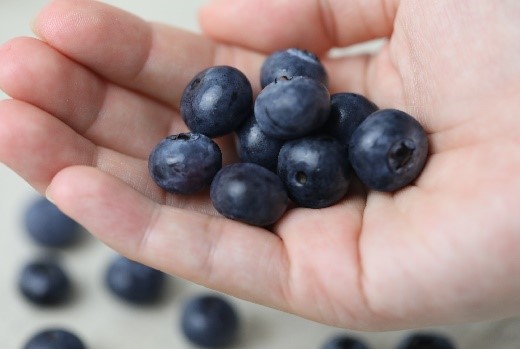
Enjoy Blueberries in Season
Blueberries are only good fresh for about three days. Because they do not store well for long, they are not really suitable for retail.
Fresh blueberries are covered with a fine whitish powder, which is called “bloom” produced by the berries themselves. This powder repels moisture from the rain and morning dew, and protects the berries from disease, while also preventing the evaporation of water and nutrients from the berries.
The bloom tends to fall off when it comes into contact with the fruit during harvest and shipping, which is why the freshness of the fruit is preserved only up to three days after harvest.
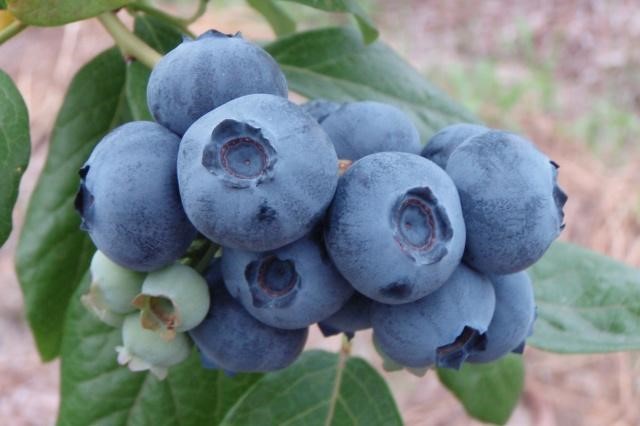
Identifying Good Blueberries
Blueberries do not ripen further after harvesting.
Therefore, in order to enjoy blueberries at its peak taste, it is important to determine if they are fresh and harvested in their fully ripened state.
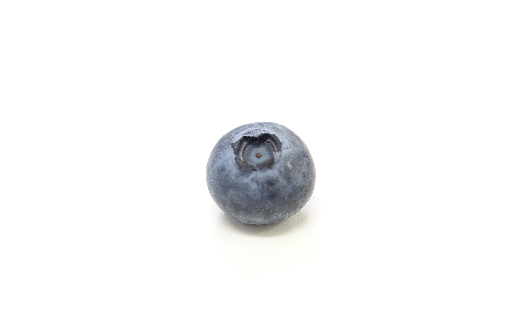
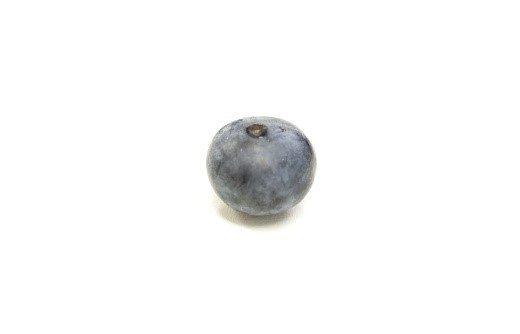
Key Point 1
Is the stem side dark purple?
(The side with the ruffles is the bottom, and the other is the stem side.)
Key Point 2
Is there bloom? Is the skin firm?
(Bloom is often mistaken for pesticides, but the whiter the bloom around the fruit, the fresher the fruit)
Key Point 3
The smaller and more warped the ruffles on the bottom are, the riper the fruit is.
Smaller ruffles = Fruit is ready
How to Eat Blueberries
Blueberries in season are delicious fresh, but if you can’t eat them right away, you can always use them to make a simple jam by boiling sugar, blueberries, and water, or make a smoothie by blending milk (or yogurt), blueberries, and your favorite fruit in a blender (frozen blueberries are recommended for smoothies).


